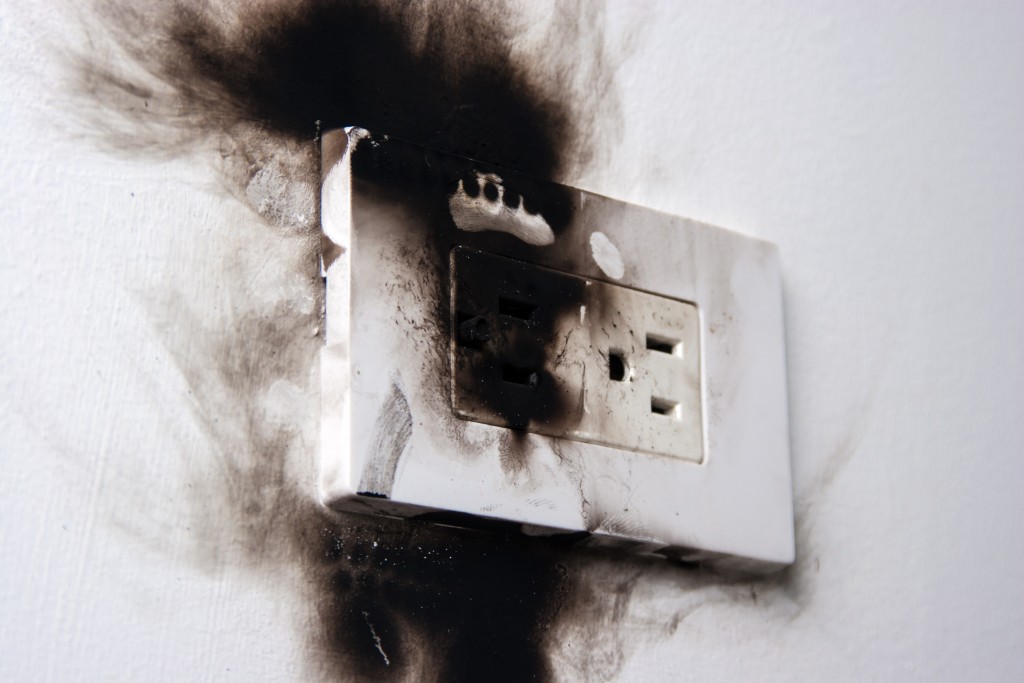A good majority of our tools and appliances that we use at home are either electric or mechanical. As the years pass, more inventions are made, and even more, analogous devices that users are more familiar with are becoming digitalized. Whether it’s refrigerators, ovens, toasters, or microwave machines, almost everything we interact with at home is connected to an electric power source or powered by a battery.
For the most part, these products’ designers have ensured that these appliances won’t break down when exposed to spilled liquids and mechanical failures. However, electrical malfunctions can still happen when most devices are not used in the right way. Each year, tens of thousands of electrical faults can become house fairs, as most people ignore the visible warning signs that could have been prevented.
Certain government entities will require homeowners to have a thorough check of their home whenever there is a significant renovation of a system to ensure that they are up to safety standards.
Compared to other hazards, electrical hazards can be a bit subtle and harder to spot. Most of the time, the nature of electrical hazards means that a professional needs to be commissioned to check and trace these hazards.
Safety First
But before we do get into the signs that we need to discern, we must have the right mindset. Safety should be the priority over everything else. While we are trying to alleviate our home’s safety and security, we have to ensure that we are adequately equipped to handle these hazards.
Even when we interact with critical appliances at home, it’s best to have the necessary safety equipment while handling this equipment. Most would suggest wearing fabric that is great at insulating against electrical currents.
When it doubt, you can always commission the professional help of repair specialists. Most kitchen utensils will have electrical problems; therefore, it’s still logical to hire someone you can trust with oven repair or with your refrigerator.
Warning Signs to Look Out For
We have to be aware of the potential risks and early signs of electrical hazards. If not addressed, these could easily lead to electrical fires.
Sparking
This sign is a dead giveaway that there is an electrical problem that’s happening. Not only will it usually mean that there is widespread damage to a particular appliance, but the machine could also burn and sometimes explode, which could lead to injuries. If a fixture is damaged, it’s paramount to call in the services of licensed electrical personnel as soon as possible.
Burning Smell
If you’ve ever gotten a new appliance, you’ll first notice that they will have their unique smell when it’s turned on. Most of the time, you’ll be able to detect odd smells coming from outlets. These smells can range from burned metal to wood that’s always burning. If you smell the same odor after plugging in the device, you might want to check with your electrician.
Sometimes your panel and fuse box might get these types of odors, and you must call an electrician as soon as possible.
Buzzing

Typically, a buzzing sound would suggest that current is passing through an appliance or a material. However, most devices and products shouldn’t be getting this electrical sound. Most of the time, these are caused by outlets, frayed wiring, and loose prongs. Usually, this sound is produced when the current jumps towards an area where it shouldn’t be in. Stop for a moment and look for the source of the noise. If you are sure that it’s coming from an outlet, you might need to call in a professional.
Wrong Outlets
There’s a reason why damp and wet appliances are considered to be electrical hazards, and that’s because they are great conductors of electricity. It’s recommended that outlets will have shock-resistant fault circuit interrupters to ensure that everything is safe. Not only will this with safety, but this can ensure that other members who are using the kitchen will also have a good layer of protection.
While these might be a tall order of tell-tale signs that you have to look out for, these are still imperative in ensuring that your home is safe and secure from electrical fires and hazards. It doesn’t hurt to go out of your way in tracing that funny-smelling electrical problem or a puddle of water leaking directly at an electrical socket; solving the root of the problem is always the most optimal choice. This scenario is better than having to call in firetrucks, ambulances, and other first responders when people start getting injured, or a fire starts getting out of hand.
Safety should always be the priority, and it’s paramount to keep a keen eye out for these electrical hazards.
